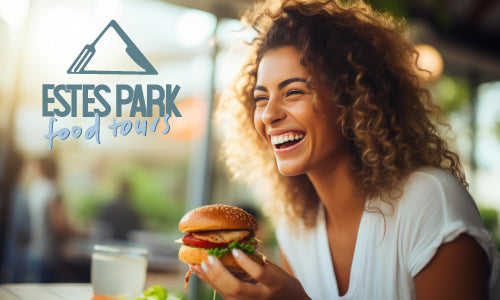Tips for Night Photography
When taking photos at night, there are a few key settings that you should consider adjusting on your camera in order to get the best results. These settings include:
-
ISO: The ISO setting on your camera determines how sensitive the camera's sensor is to light. In general, you will want to use a low ISO value (e.g. 100 or 200) when taking photos at night in order to avoid introducing too much noise into the image.
-
Aperture: The aperture setting on your camera controls the size of the opening in the lens through which light enters the camera. A larger aperture (e.g. f/2.8 or f/4) will allow more light to enter the camera, which can be useful for capturing photos at night.
-
Shutter speed: The shutter speed on your camera determines how long the camera's sensor is exposed to light. In general, you will want to use a longer shutter speed (e.g. 1/15 or 1/30 of a second) when taking photos at night in order to allow more light to reach the camera's sensor.
-
White balance: The white balance setting on your camera determines how colors are rendered in the final image. For night photography, you will typically want to set the white balance to "tungsten" or "fluorescent" in order to accurately capture the colors of the scene.
It's also important to note that a tripod can be very helpful when taking photos at night, as it will allow you to keep the camera steady and prevent blurry images. Additionally, using a remote shutter release or the self-timer on your camera can also help to reduce camera shake and improve the sharpness of your photos.


 Stargaze
Stargaze
 Hiking
Hiking
 Fishing
Fishing
 Photography
Photography
 Snowshoe
Snowshoe
 Activities
Activities
 Food & Drink Tours
Food & Drink Tours